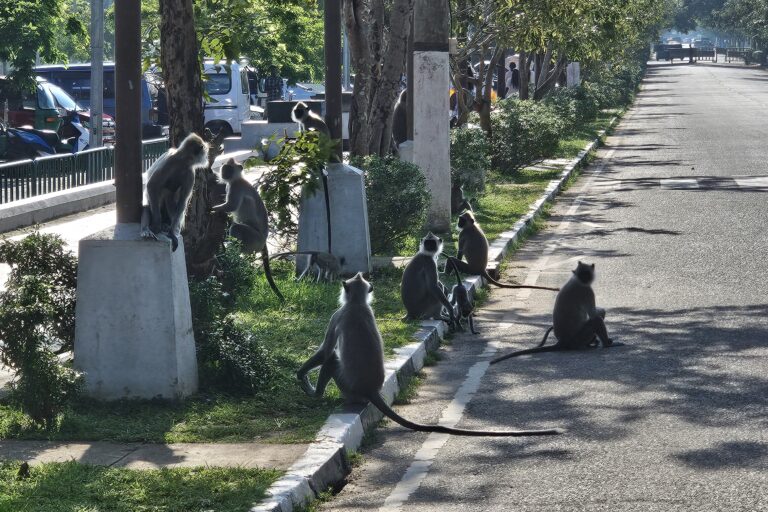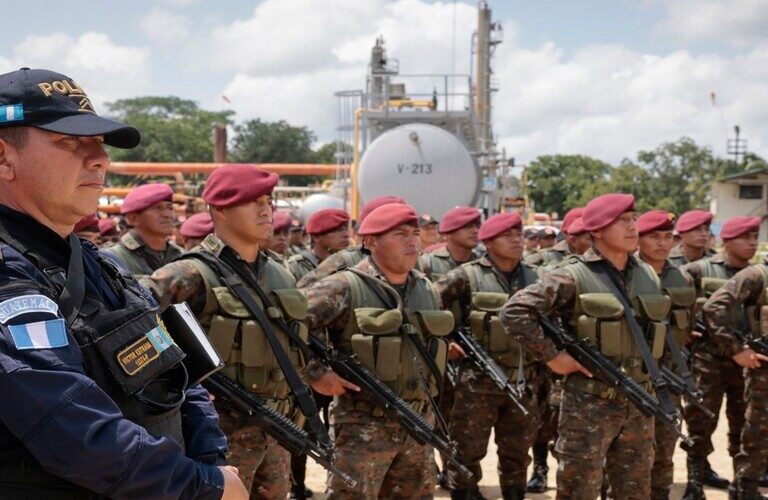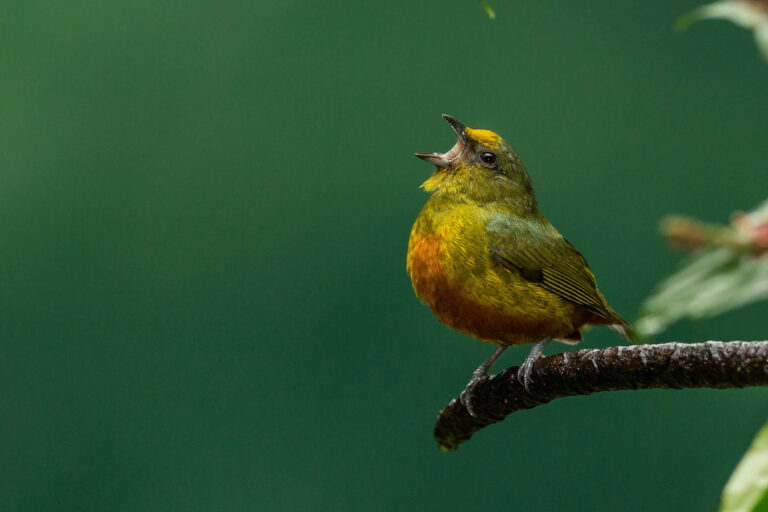- Across Southeast Asia, Indigenous women activists face discrimination, repression and violence, while often being excluded or unsupported even within their own communities.
- Among them is Maria Suryanti Jun, who is leading opposition to a geothermal project in Poco Leok, Indonesia, citing a lack of transparency and free, prior and informed consent from the community.
- Women like Maria face unique challenges in environmental defense due to patriarchal norms, limited education and cultural roles — but are often deeply connected to the land and emerge as key defenders.
- Despite obstacles, these activists are building solidarity and pushing for change through international advocacy, capacity-building programs, and expanding women’s access to education and leadership.
A few years ago, Maria Suryanti Jun had idea little idea of what an environmental defender was. Nor did she have any intention of becoming one.
But since December 2022, when a geothermal project was approved for her community in Poco Leok — which sits on an active volcano in the Indonesian province of East Nusa Tenggara — Maria, now 46 years old, stepped up to advocate for her hometown.
In a series of demonstrations against the project, funded by German development bank KfW, Maria and other Indigenous residents have protested what they feel is a lack of transparency from the project developers. This includes scant consultation with the community about the project and its environmental and cultural impacts.
Today, Maria is one of the most prominent faces of the Poco Leok movement. But, as a woman and an Indigenous person, she has encountered numerous obstacles in her journey as an activist.
Indigenous communities face disproportionately high levels of poverty and are also likely to be disproportionately affected by extractive projects, due to poverty, social marginalization and cultural and economic links to nature. In Southeast Asia, the rights and status of Indigenous communities are often not fully recognized by national governments.
Women, meanwhile, are often doubly disadvantaged within and outside of their communities, due to traditional gender roles and limited opportunities for education or self-development.
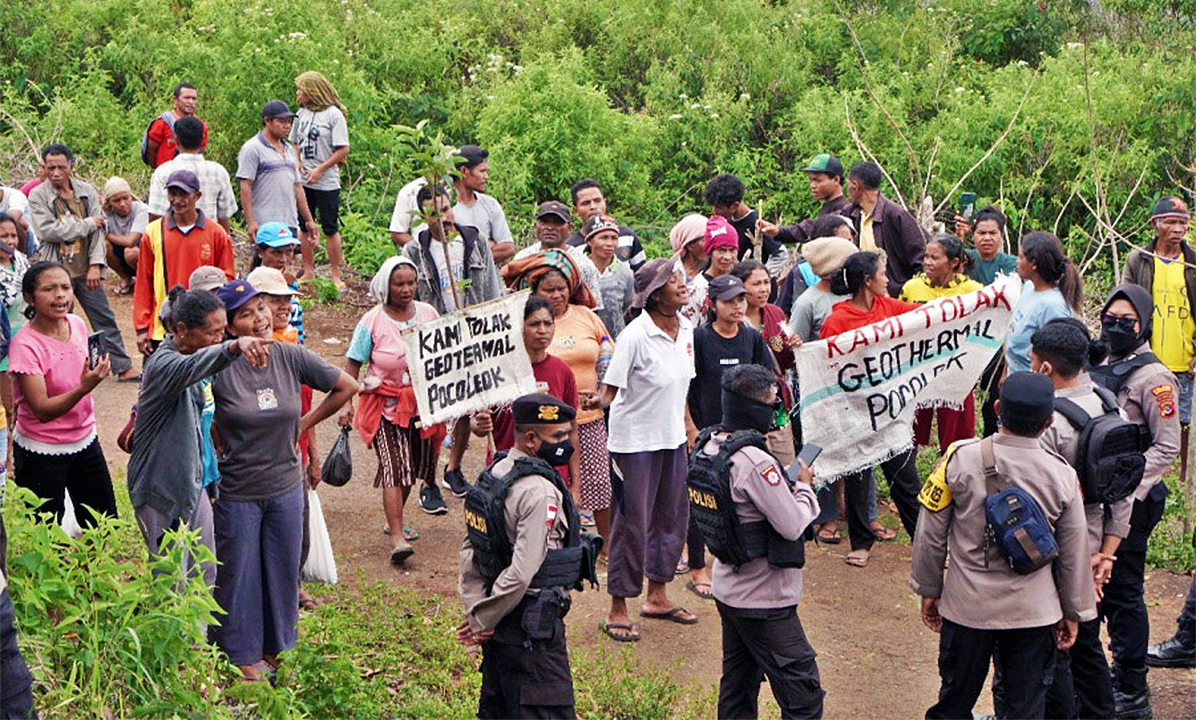
Women in defense of customary land
The controversial project Maria is at the forefront of opposing is an expansion of the Ulumbu geothermal plant by the Indonesia’s state-owned electricity utility, PLN.
Activists and experts say the principle of free, prior and informed consent (FPIC) regarding any activities on Indigenous territories — essential to their right to self-determination over their lands and resources — was not respected in this case.
“They might lose the customary land and cultural sites, such as graveyards of their ancestors. They stand to face replacement,” says Surti Handayani, a lawyer with PPMAN, the legal advocacy arm of AMAN, Indonesia’s main coalition of Indigenous peoples, who has accompanied Maria at several human rights events.
In many ways, Maria belongs to the minority within minority groups, but that hasn’t silenced her, says Seviana Yolanda, an independent researcher working on strengthening capacity for the Poco Leok community.
“She is one of the few Indigenous women who is able to speak in public,” Yolanda says. “Poco Leok local culture is dominated by a patriarchal system, which prioritizes men. However, Maria was able to overcome the barriers of patriarchal culture.”
According to Yolanda, Maria and other women have emerged as leaders in the movement against the power plant due to their daily farmwork, which makes them more knowledgeable about and emotionally attached to the land and its resources.
“First, traditionally women have a gender role as providers of food for the family and community. When their land is damaged by geothermal exploration, women are the first to suffer,” Yolanda says. “Second, in the Poco Leok cultural philosophy, the land is ‘mama’ or ‘woman,’ and the sky is ‘man.’ Land is like a woman who also gives birth to life. When the land is damaged, then their life will be damaged. There will be no edible sweet potatoes, corn and rice.”
In October 2024, hundreds of residents, including many women, demonstrated peacefully against PLN and local government officials who had arrived to survey the land for the project. The officials brought with them a joint security force of police and soldiers, who used excessive force and violence against the residents, according to activists.
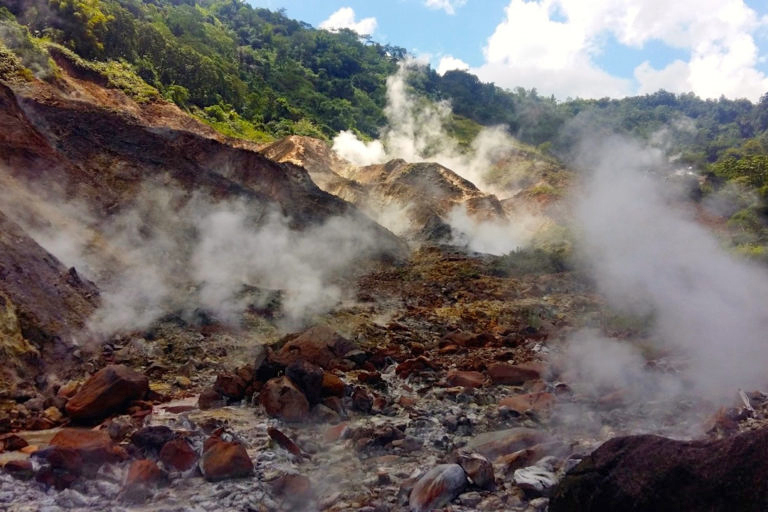
“The police pushed the women until they managed to enter the land,” Maria says.
Activists also reported sexual harassment against some of the women, while several villagers were reportedly beaten and hospitalized, and media professionals and citizen journalists documenting the protest were chased away or had their phones confiscated.
“They [Poco Leok residents] are faced with a repressive government and security forces, as well as the potential for horizontal conflict with [other] members of the Poco Leok community, including women, who support the geothermal project,” Yolanda says.
Maria says she and her fellow villagers remain vigilant, adding, “we will continue to guard the village.”
A force to be reckoned with
Thanakrit Thongfa is the Mekong campaign coordinator for the NGO EarthRights International. She’s based in the northern Thai city of Chiang Mai, where she works closely with Indigenous women leading environmental and human rights struggles, particularly from the Indigenous Karen and Lua communities. Thongfa says non-Indigenous outsiders often underestimate Indigenous women’s agency.
“There’s a tendency to view them only as victims — of both environmental destruction and patriarchal systems,” she says. “But from my experience, Indigenous women are much more than that: they are powerful organizers, negotiators, and defenders of community rights. Their leadership might not always fit the stereotypical image of an ‘activist,’ but their work is essential to both the survival of their communities and the preservation of local ecosystems.”
But grim realities place Indigenous women on the frontline at risk. According to the human rights NGO Global Witness, Southeast Asia and Latin America are hotspots for violence against female land defenders.
Prabindra Shakya, convener of the Asia Indigenous Peoples Network on Extractive Industries and Energy (AIPNEE), says women are often seen as easier victims because “they are less well-versed in laws.”
Kharla Acosta, executive director of iEmergence, a Philippine NGO that advocates for Indigenous community development, says Indigenous female activists who are vocal or have outspoken husbands are particularly at risk.
Nang chairs a women-staffed NGO supporting youth in Pa-o community in Myanmar. In the wake of the 2021 coup there, she had to go into hiding for six months due to threats from the military government, ultimately moving her organization abroad for safety reasons. According to Nang, sexual harassment and sexual assault against ethnic minority women by soldiers isn’t uncommon.
Yet, Nang says, her work on youth empowerment isn’t always appreciated by members of the communities, including fellow women, who see women’s roles as limited to family responsibilities.
“In my village, the community still sees me as a person from another planet,” Nang says.
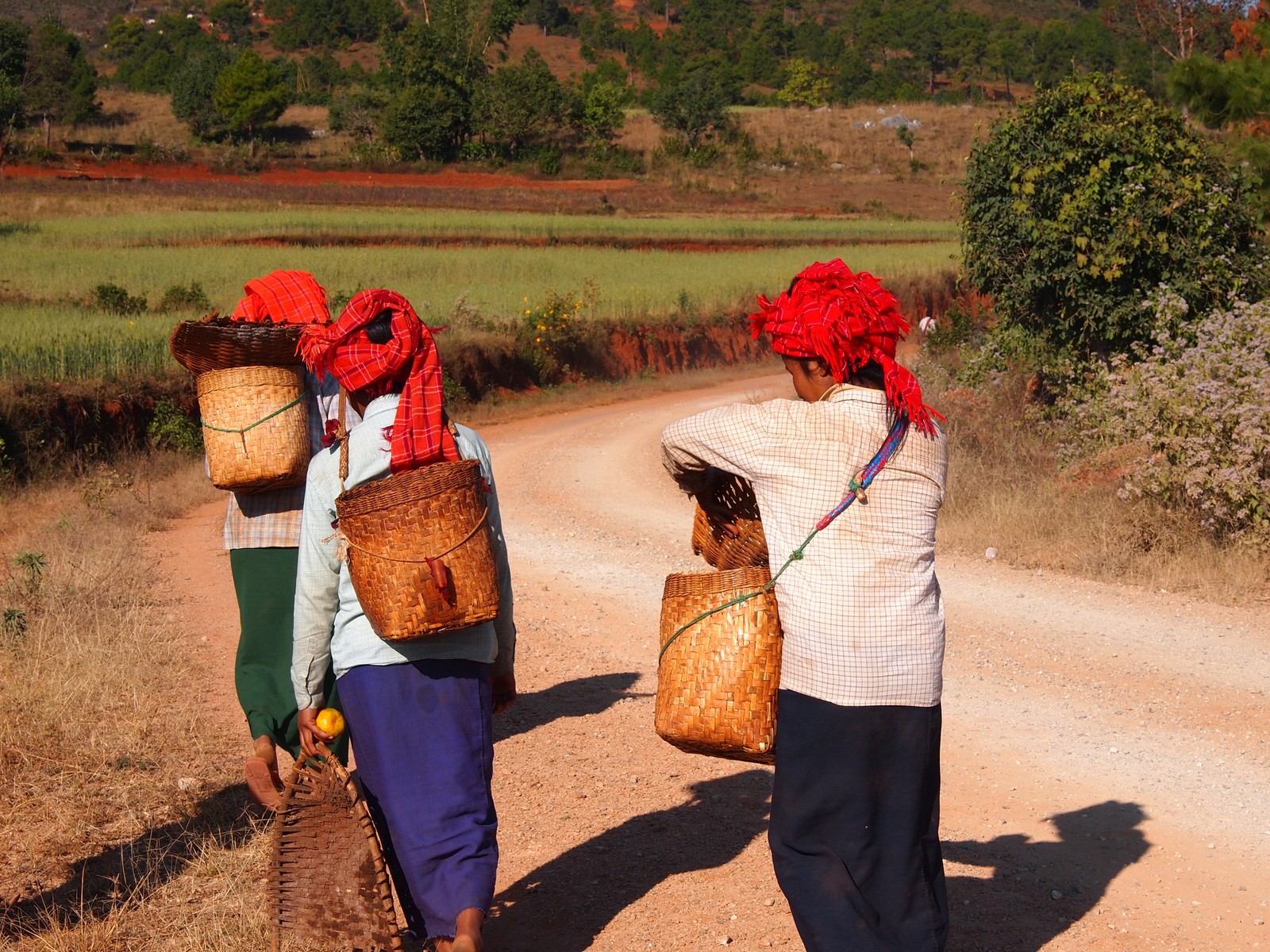
Lack of connection with fellow women in their own communities is a common challenge among Indigenous female eco-defenders, who tend to come from communities where most of the leaders are male.
Conflict in countries like Myanmar adds to the difficulties. In early May, when secretly delivering basic necessities for earthquake victims — mostly Indigenous people in hard-to-reach areas — Nang says she was stopped and interrogated at several checkpoints about why she was bringing so much food; the military was trying to block humanitarian aid to communities it views as enemies.
Kyi (not his real name) leads an environmental NGO working in Myanmar’s Shan state, where he says it’s become much more difficult to meet or talk to Indigenous women than before.
“They have more burdens than before,” Kyi says. “Men are running and hiding due to the military service law and other security concerns. There are so many kidnapped, murdered men that are unaccounted for.”
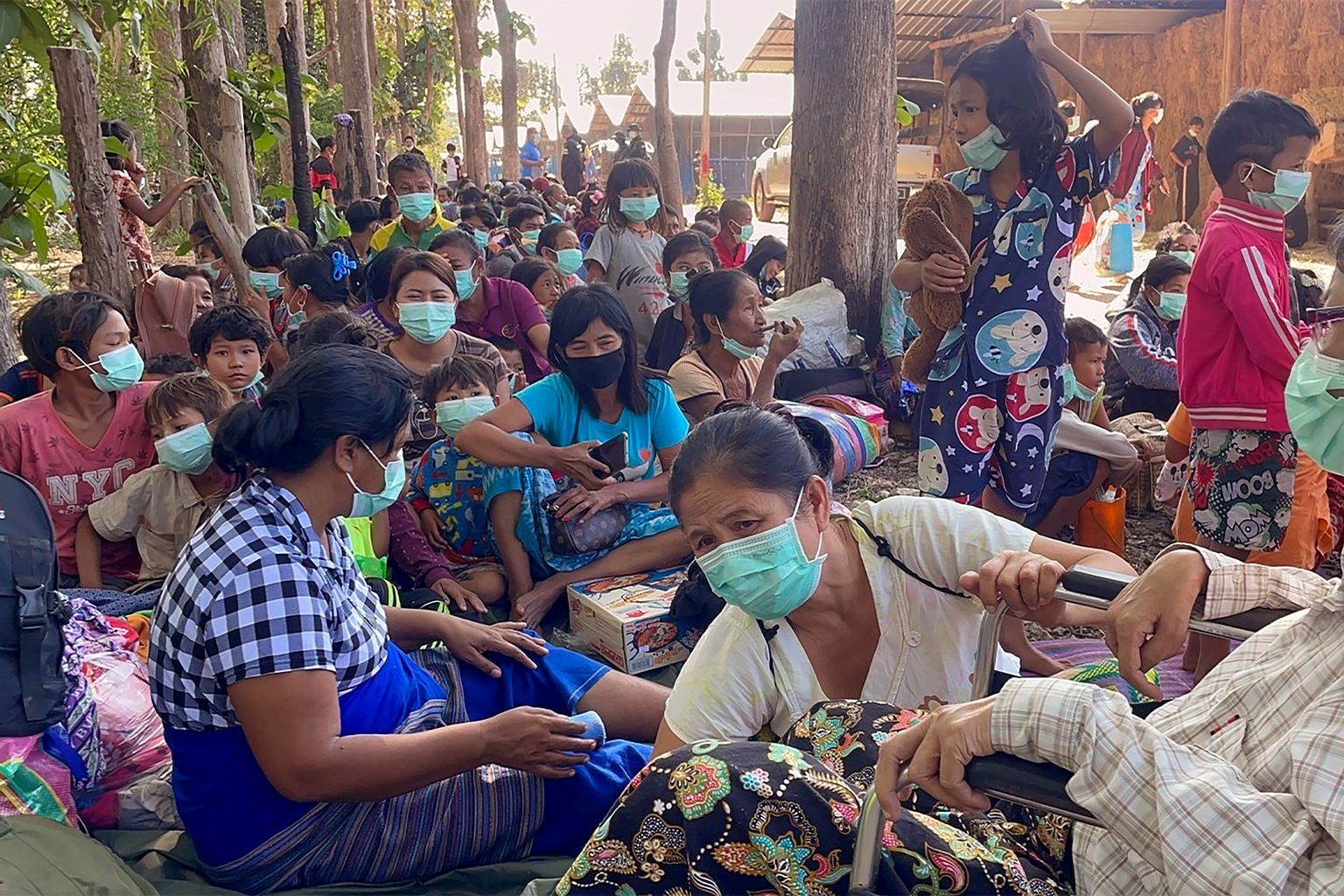
Lack of Indigenous rights
There are no accurate official data on the number of Indigenous people across Southeast Asia, given that many of the governments in the region don’t officially recognize the existence of Indigenous peoples. In Vietnam and Laos, governments define their states as multi-ethnic, and all nationals as indigenous to the land. Even though Vietnam and Laos ratified the U.N. Declaration on the Rights of Indigenous Peoples (UNDRIP), neither has recognized ethnic minorities as Indigenous peoples. Instead, Indigenous groups are officially referred to as ethnic minority groups.
Even official recognition doesn’t equate to acceptance in many instances.
Sarah (not her real name) is a trans woman activist working in disaster management in the Philippines. She says that while she feels at ease in women’s clothing in her own Indigenous community, where trans identity is generally accepted, she must adhere to conventional binary dress codes when meeting with officials from the community, to avoid discrimination.
Her superiors, though supportive of her identity as a trans woman, also advise her against expressing herself openly in front of local authorities, fearing it might do their community’s interests a disservice since they need these men’s support. As a result, Sarah says she often opts for the most gender-neutral attire when attending official events, choosing not to react when officials refer to her as a man.
“My culture is not accepted,” Sarah says, “despite the official recognition of Indigenous communities.”
Some Indigenous women also internalize feelings of inferiority.
“I do not deny the fact that I feel inferior when I am introduced as an Indigenous woman in gatherings full of non-Indigenous colleagues,” says Linda (not her real name), an environmental activist from Malaysia whose father is non-Indigenous. “I could feel my insecurities. My father even belittled me when I was a child that I was only an Indigenous woman.”

Ways forward
In Indonesia, Maria says not all girls can go to school in her community, as many parents can’t afford the expense. She says her lack of fluency in Bahasa Indonesia, the official language, remains a major obstacle to her environmental activism.
Still, Maria says she sees hope in seeking international solidarity. She says she was proud the first time she participated in a regional human rights event, in Bangkok in late 2024. Maria doesn’t speak English, and the organizers could only offer her very limited Indonesian translations of selected sessions. Yet despite this, Maria says she still believes that attending such an international event is of prime importance. With the financial support of the organizers and other activists’ accompaniment, Maria was able to meet with the sponsor of the geothermal project and expressed the wish of her fellow villagers for the project to be permanently halted.
Back at home, Maria has been working with other activists to organize capacity-building programs for younger women, offering a chance to deepen their relationship with cultural traditions to increase their motivation to stand up for their lands.
“We have so many customs — in the garden, in the traditional house in the spring, in the yard, in the place of ancestral offerings, in each other’s homes,” she says. “All of these are not taught at school.”
For Lim Parech, a youth activist who advocates for the recognition of Indigenous Akha communities in Thailand, women’s access to education and technology have been game changers. She says she considers herself lucky, because her parents believed in sending her to school, where she mastered both Thai and English.
“In the past, women were not even present in community meetings or did not participate in community work,” Parech says. “They hardly went out or spoke in public. Now, there are village chiefs who are women.”
Banner image: Indigenous Lumad women hold slogans during a rally outside a military headquarters in the Philippines in 2018, protesting against the military who had allegedly committed human rights violations against the Indigenous people in Mindanao province. Image by Aaron Favila/AP.
Culture of harassment persists for women in Southeast Asia’s conservation space






